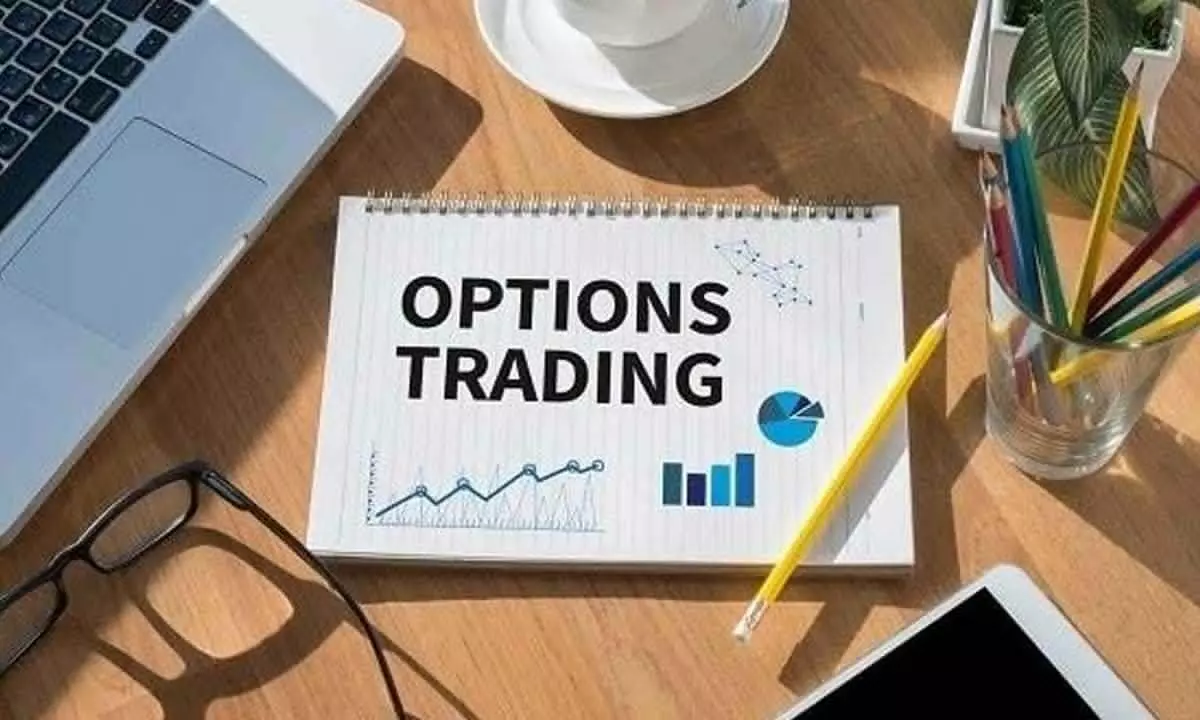Understanding Call options selling
In Option selling the probability of success rate is high and the major constraint is the requirement of huge capital
image for illustrative purpose

Selling options are quite challenging and interesting, while trading in indices. Option selling is also known as options writing. If your view is bullish, you buy a Call option or sell a Put option and if your view is bearish, you sell a Call option or buy a Put option, sounds confusing. The air of confusion hovering your mind will be cleared once we understand with an example.
Whatever happens to the options seller in terms of the profit and loss, the exactopposite happens to the option buyer and vice versa. For example:
♦ If the option writer is making Rs100 in profits, this automatically means the option buyeris losing Rs100.
♦ If the option buyer is losing RsX, then it implies the option seller is making Rs X in profits.
♦ If the option buyer is of the opinion that the market price will increase (above the strike price to be particular) then the option seller would be of the opinion that the market will stay at or below the strike price…and vice versa.
Comprehend these points further it would make sense to look at the Call Option from the seller’s perspective with an example.
Let us assume Nifty is trading at 18,050 points. If you buy Nifty 18,100CE option, the premium is around Rs51 currently.
If I had to buy, I would pay 51*50 and the capital required would be Rs2,550. If I am a Call option writer and I want to sell Call option, the margin required would be approximately 98,500. So, this makes clear why many traders don't prefer selling options. However, FIIs DIIs and high net worth investors sell options as in option selling the probability of success rate is high.
Option buyer will lose Rs2,550 if his view is wrong. He has limited loss which is to the extent of premium paid and his profit potential is unlimited.
Option seller will gain Rs2,550 if his view is right. He has limited profit which is to the extent of premium received and his potential risk is unlimited.
The break-even point (BEP) is the point, at which the options buyer starts to make money, this is the exact same point at which the option writer starts to lose money.
You sell a Call option only when you believe that upon expiry, the underlying asset will not increase beyond the strike price.
From a seller’s perspective when he sells a call option, he means by expiry Nifty will close below 18100. Assuming Nifty closes at 18,075 points, the option seller will make a profit of Rs 2,550. But if the market closes above 18100 his loss is unlimited. It depends on the price he exits.
The breakdown point is the point at which the Call option seller gives up all the premium he has made, which means he is neither making money nor is losing money.
P&L = spot price - strike price
Breakdown = Strike + premium received (18100+51)
When the Nifty spot is at 18151 that is the breakdown point. Clearly even when the spot price moves higher than the strike, the option writer still makes money, he continues to make money till the spot price increases more than strike plus premium received. At this point he starts to lose money, hence calling this the ‘breakdown point’ seems appropriate. Summarise briefly, in Option selling the probability of success rate is high and the major constraint is the requirement of huge capital.
(The author is a homemaker, who dabbles in stock market investments in free time)

